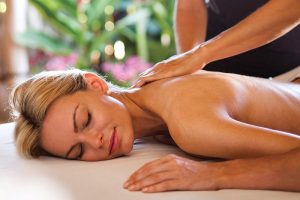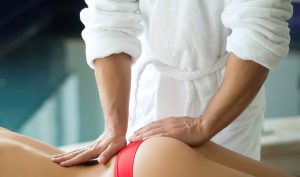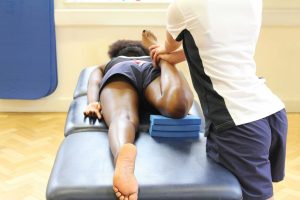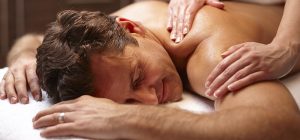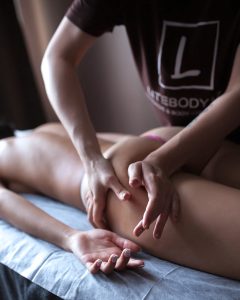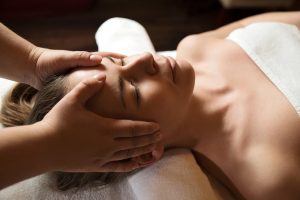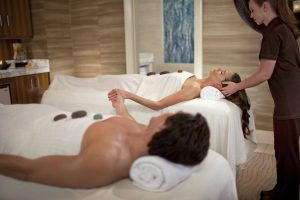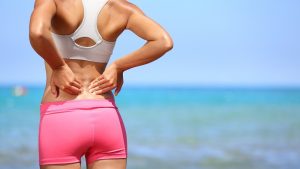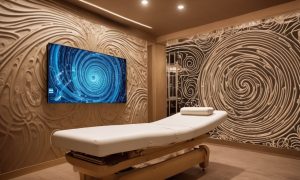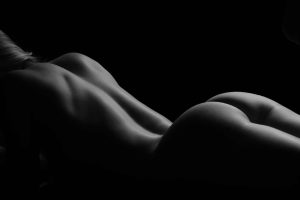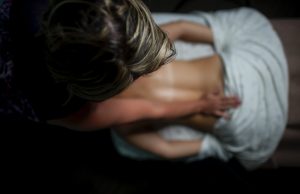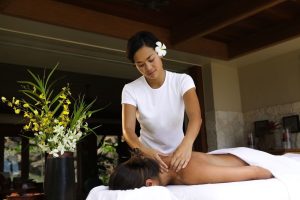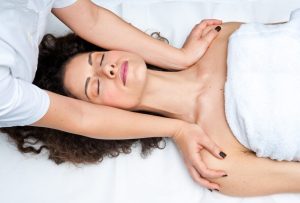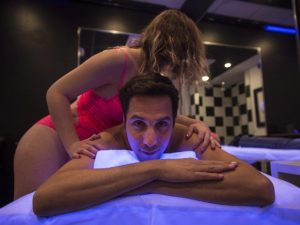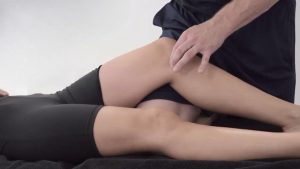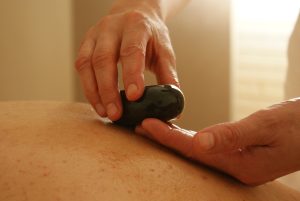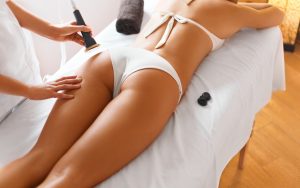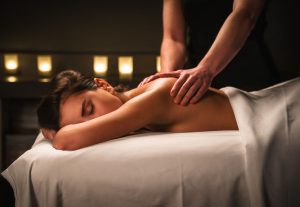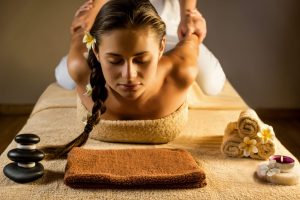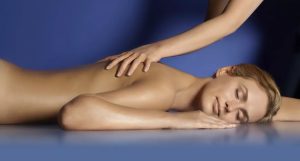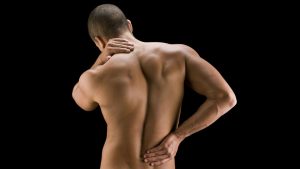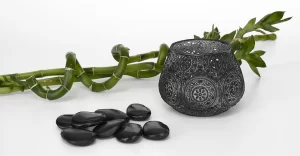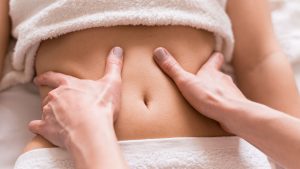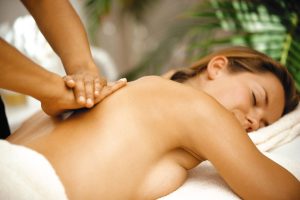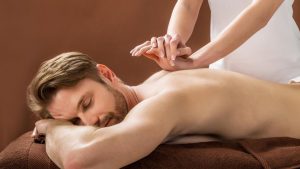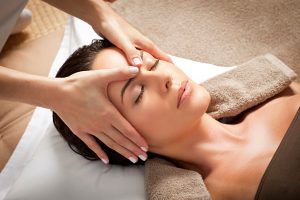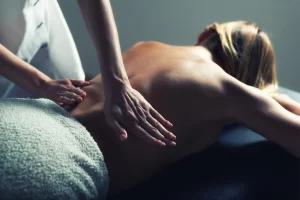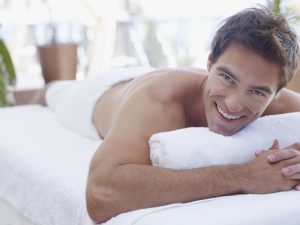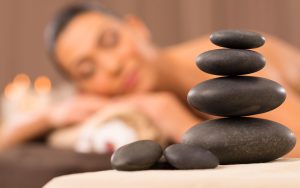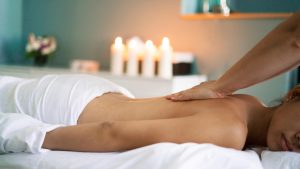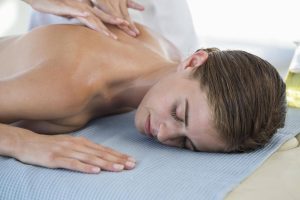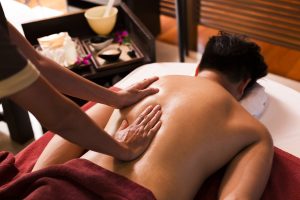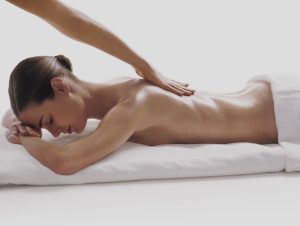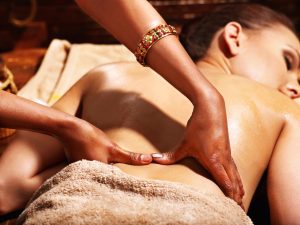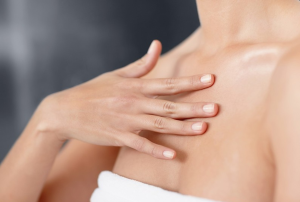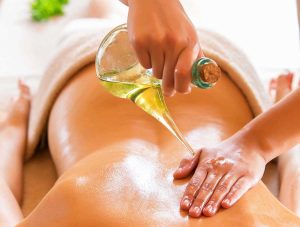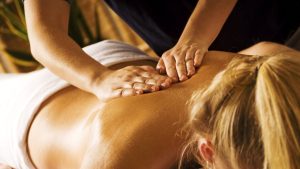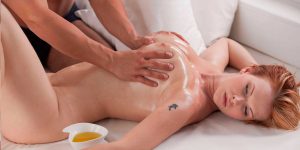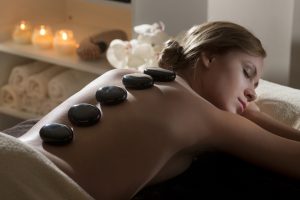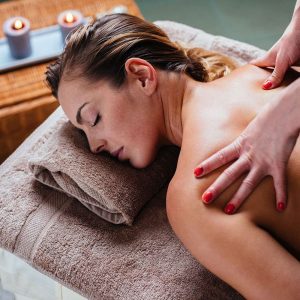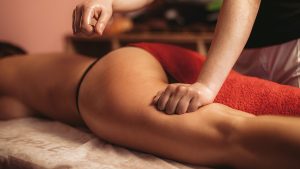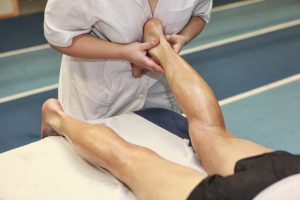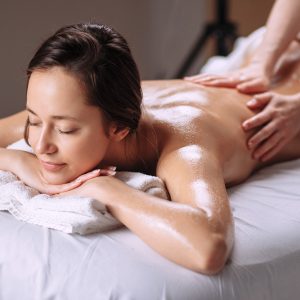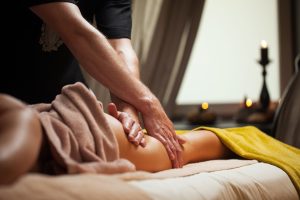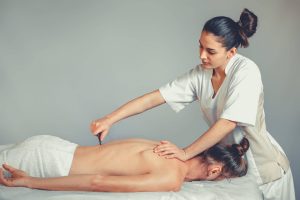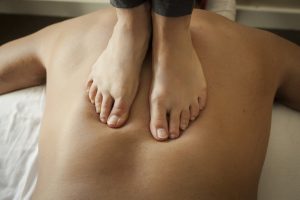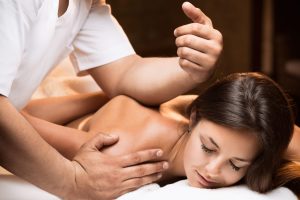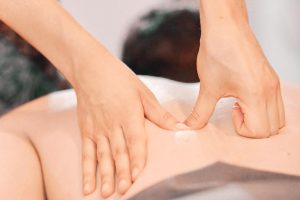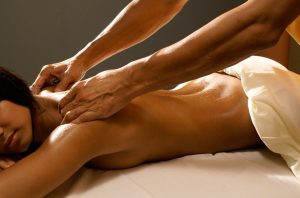The world of massage offers us a rich variety of techniques and methods that promote relaxation and overall well-being. Among them, two popular approaches are Chinese massage and Swedish massage. Each of them possesses unique characteristics and benefits that may suit different people depending on their needs and goals.
If you are interested in the art of massage and want to understand the differences between Chinese and Swedish methods, welcome to an exciting journey through the world of massage, where you will find answers to your questions and be able to make a more informed decision about which type of relaxation practice aligns with your needs and desires.
What Is Chinese Massage
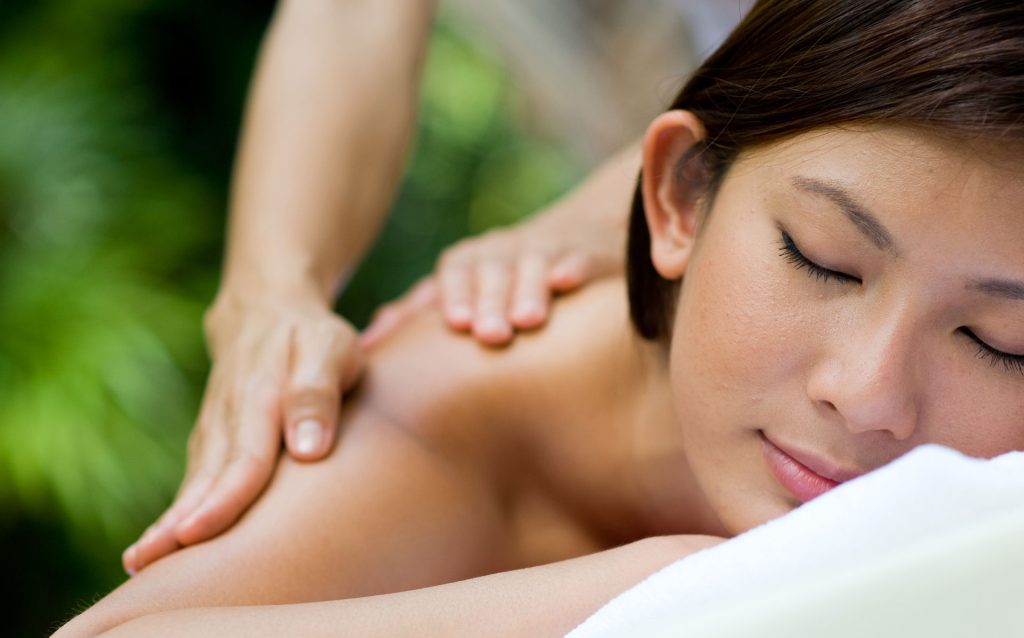
Chinese massage is a therapeutic practice rooted in ancient Chinese medicine. It incorporates various massage techniques, acupressure, stretches, and manual methods aimed at improving the health and well-being of the recipient.
Key characteristics include:
- Energetic Balance: The practice is based on the concept of “qi,” which signifies energy or life force. Massage therapists aim to restore the balance of “qi” in the recipient’s body, promoting overall health.
- Acupressure: Massage therapists apply pressure to specific points on the body believed to be connected to various organs and systems in the body.
- Stretching: Chinese massage includes stretching to enhance joint mobility and muscle flexibility.
- Traditional Chinese Medicine: Massage therapy is often used in conjunction with other traditional Chinese medicine methods, such as herbal treatments and acupuncture, to address various ailments and alleviate pain.
- Preventive Care and General Health Maintenance.
What Is Swedish Massage
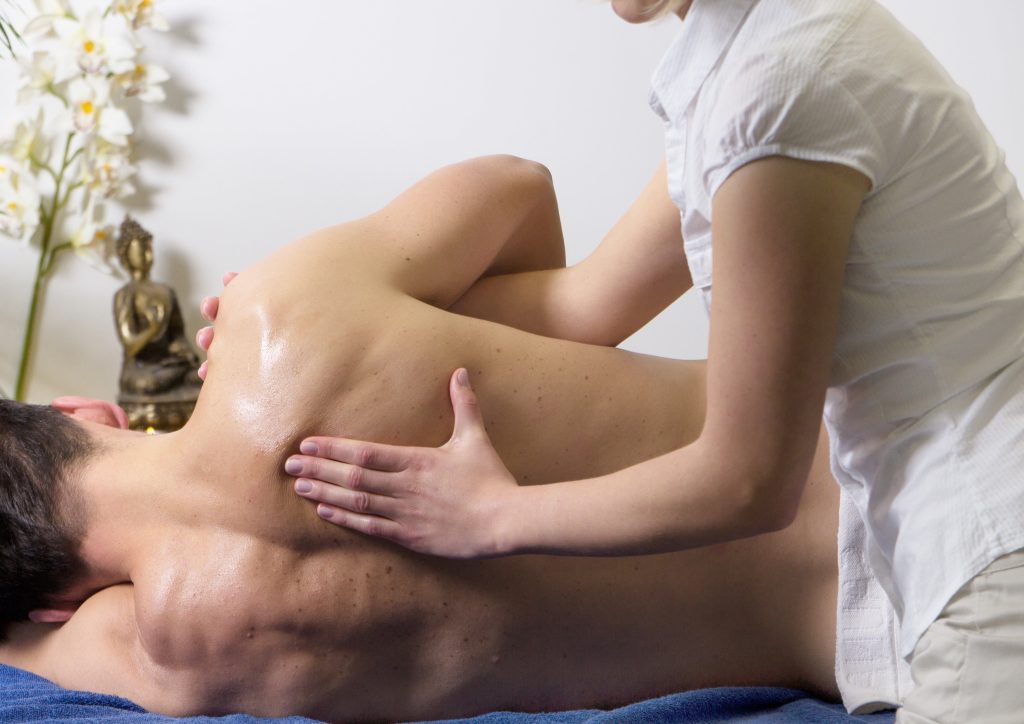
Swedish massage is considered one of the most popular and widely practiced forms of massage worldwide. It was developed in the 19th century in Sweden and has since served as the foundation for many modern massage techniques. This relaxation technique is designed to improve blood circulation, relieve muscle tension, and enhance overall well-being.
Key characteristics include:
- Effleurage: The massage therapist begins with gentle and smooth strokes on the skin to warm up the muscles and improve blood flow.
- Kneading and Petrissage: Circular motions and muscle compressions are used to increase muscle flexibility.
- Friction: Therapists apply deeper and more forceful movements to address specific problem areas.
- Tapotement: This technique involves rapid, rhythmic tapping to awaken muscles and improve circulation.
- Stretching: It includes gentle stretches and limb bending to enhance joint mobility.
- Use of Massage Oil: Massage oil is used to reduce friction and ensure a smoother massage experience.
Benefits of Chinese Massage
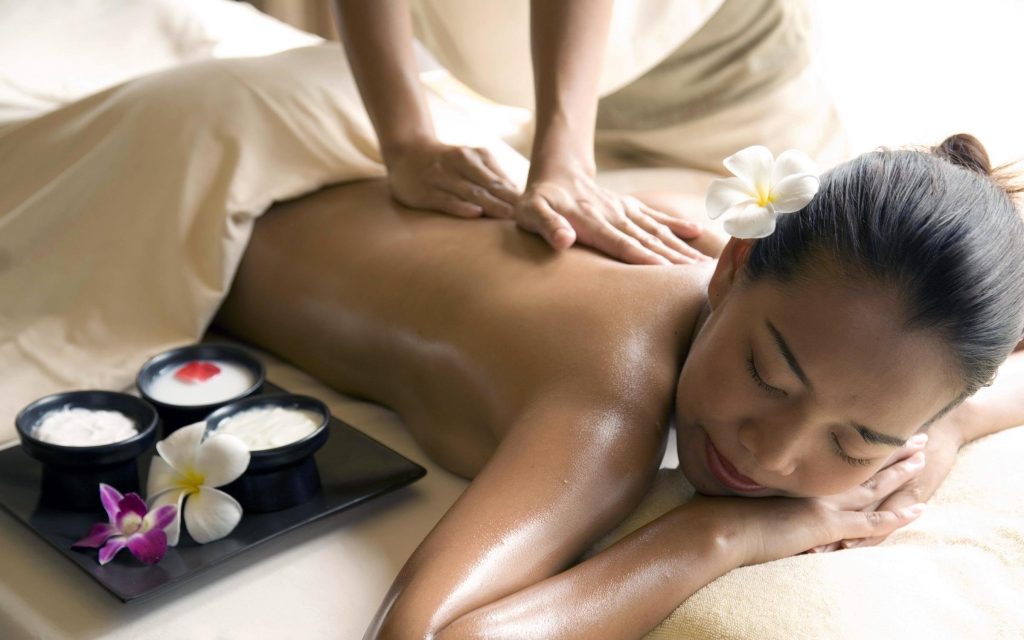
- Improved blood circulation, lowering blood pressure, and enhancing overall cardiovascular health.
- Pain relief and tension reduction, especially in the back, neck, shoulders, and joints.
- Improved emotional well-being by reducing stress and anxiety. This is linked to the release of endorphins during the practice.
- Support for the immune system’s function, aiding in fighting infections and illnesses.
- Improved digestion, making it beneficial for some stomach issues.
Benefits of Swedish Massage
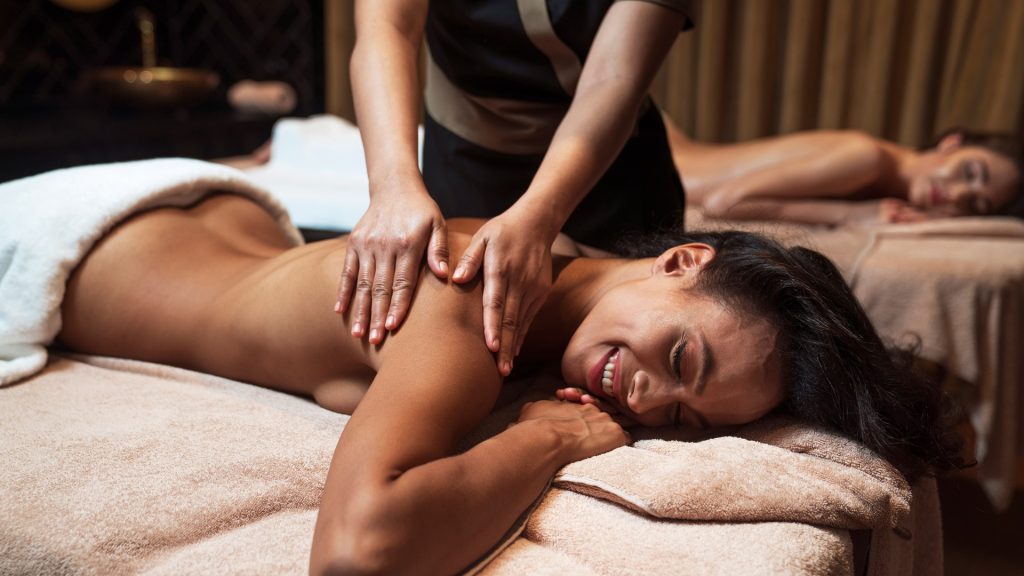
- Muscle relaxation, particularly effective for individuals with muscle pain and spasms.
- Stimulation of lymphatic drainage, assisting in toxin removal from the body.
- Increased joint flexibility and mobility.
- Relief from back and neck pain.
- Enhanced overall sense of well-being, improving mood and creating a feeling of harmony and comfort.
In comparing these two massage practices, it becomes evident that each offers unique techniques and methods with their own advantages. The choice between them depends on individual needs, goals, and preferences. Chinese massage, with its focus on acupressure and energy balance, is ideal for those seeking harmony between the physical and energetic states of the body. On the other hand, Swedish massage, with its emphasis on muscle relaxation, improved circulation, and physical relaxation, is perfect for stress relief, relaxation, and overall physical well-being.
Remember that it is essential to select qualified massage therapists. Consultation with a professional can help determine which practice aligns with your needs. Ultimately, both Chinese and Swedish massages have the potential to enrich your life, providing physical and emotional well-being.
Questions and Answers:
What are the contraindications for Swedish massage?
This practice is not recommended for acute injuries such as bone fractures, dislocations, abrasions, or bruises. In these cases, a medical evaluation and treatment should be conducted first. In the case of cancer or suspicion of oncological diseases, it is advisable to consult a physician beforehand. Infectious or skin conditions (e.g., herpes, skin inflammation) can also be contraindications, and it is not recommended to visit a massage salon under these circumstances. Relaxing procedures should not be performed in the presence of thrombosis or thrombophlebitis, as well as during elevated body temperature or active infectious diseases.
How much time is allocated for Chinese massage?
The duration of this practice varies depending on the specific needs of the client and the goals of the session. Typically, the session lasts from 30 minutes to 90 minutes or longer.
What types of massage are there?
How does Swedish massage differ from Chinese massage?
Swedish massage primarily uses long, flowing strokes and kneading techniques to promote relaxation and improve blood circulation. On the other hand, Chinese massage is based on traditional Chinese medicine principles and focuses on balancing the body’s energy flow through techniques such as acupressure and meridian massage.
What are the benefits of massage?
Massage has numerous benefits, including:
- Relieving muscle tension and reducing pain
- Improving blood circulation
- Promoting relaxation
- Aiding in stress and anxiety reduction
- Enhancing flexibility and range of motion
- Supporting the body’s natural healing process
How does massage help with back pain?
Massage can help alleviate back pain by targeting and relieving muscle tension, improving blood circulation in the affected area, and promoting relaxation. It can also help reduce stress, which may contribute to back pain.
What is reflexology?
Reflexology is a form of massage that focuses on applying pressure to specific areas on the feet, hands, and ears. It is based on the theory that these areas correspond to different organs and body systems, and stimulating them can promote overall well-being and balance.
What is sports massage?
Sports massage is a specialized form of massage that targets athletes and people engaged in physical activities. It aims to enhance performance, prevent injuries, and aid in the recovery process by focusing on specific muscles and using techniques tailored to the individual’s sport or activity.

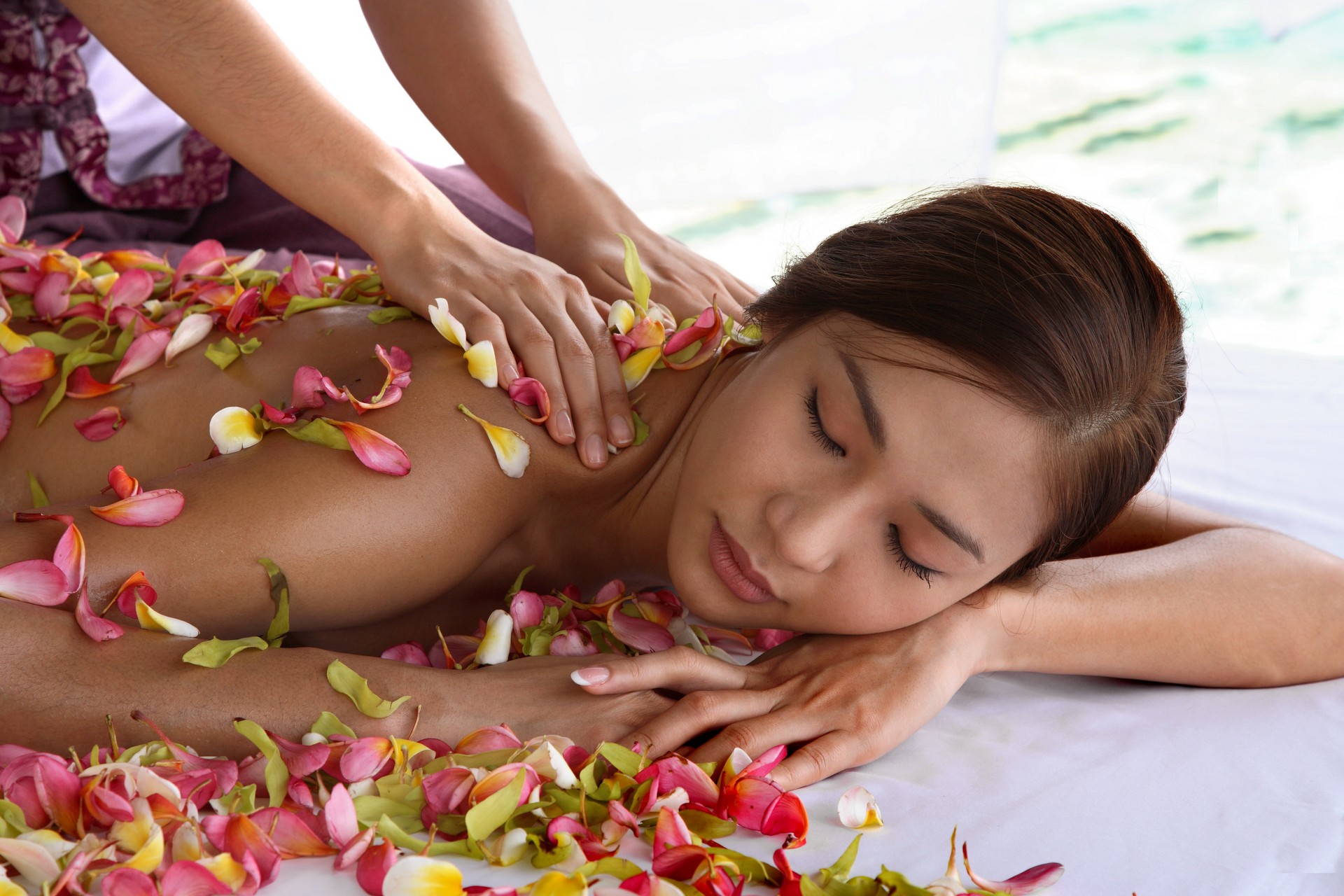










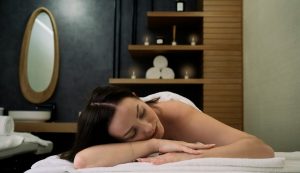
![11 Best Alternatives to Bedpage: Your Ultimate Guide [March 2024]](https://massage.dating/wp-content/uploads/2024/03/Best-Alternatives-to-Bedpage-300x200.jpg)












